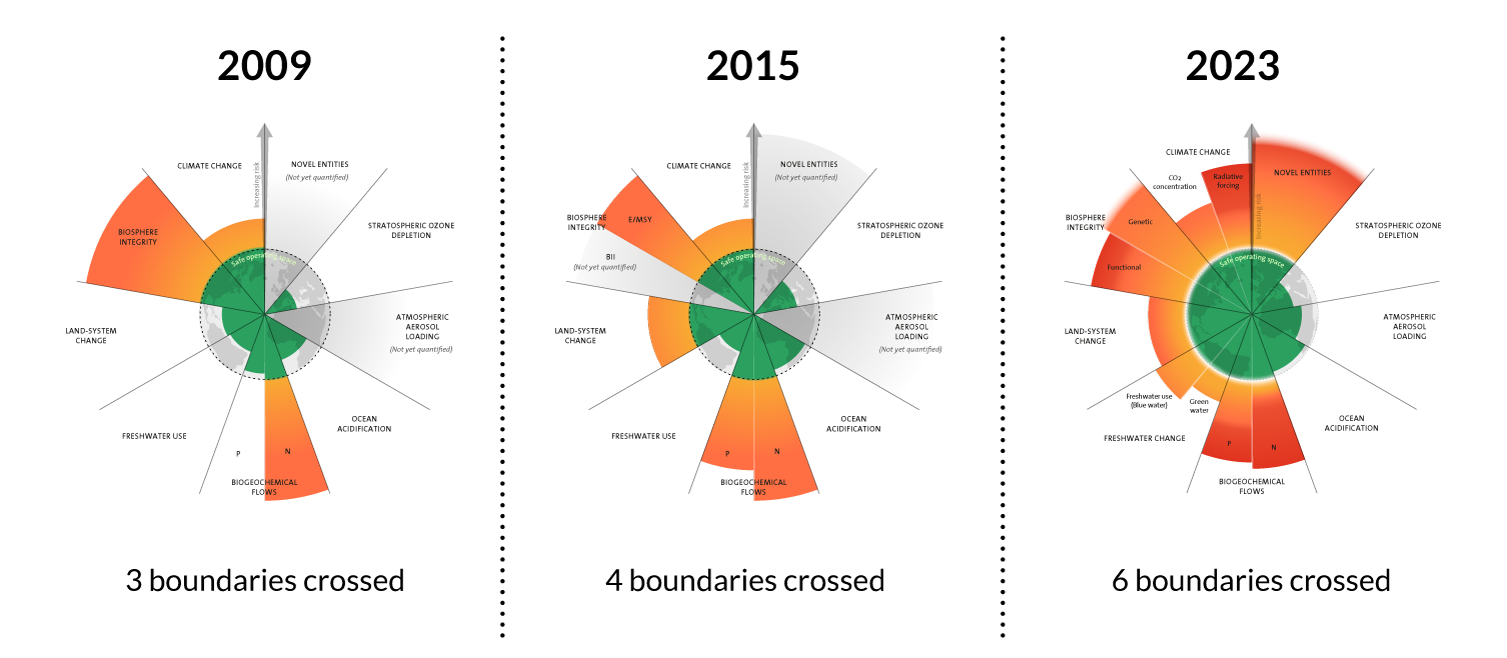Yes, in the past there was a theory that said ‘when you invest in a good thing for the environment, it usually means a loss on investment’. This is not true anymore – the Coronavirus pandemic has proved that ESG investing concept can have a positive impact, and can also be economically sustainable. Which is important now more than ever.
How to start with the ESG investing concept?
The ESG investing concept is a point of view on any company from three different pillars. E for Environment, S for Social and G for Governance, respectively. You can use this concept in two ways – If you are an investor, you can make an ESG investing analysis, or if you are a founder or CEO, you can apply the principles of ESG to your company.
In this instance, we will talk about the investors’ perspective.
Firstly, we need to know where we can find the right information. Right now, more and more companies are doing so-called ESG reporting, which is basically a summary of the ESG activities and goals that the company has planned for the future.
There are analytic tools that you can use to give you more ESG information about a company. For example, Sustainalytics cooperates with Morningstar to score each publicly-traded company based on their ESG metrics for free. But the highest quality ones, such as Bloomberg and Morningstar, are not free.
If you don’t choose one of these two options, you will simply have to search through company websites and documents yourself, gathering the relevant information. Most of the time, you will have to pay a fee if you want really deep and accurate information.
Secondly, we need to know which ESG investing metrics investors should analyse.
The principles of the ESG investing concept
Environment
The Environment Pillar of the analysis usually looks at the impact that company has on:
- Climate change and greenhouse gas emissions
- Air and water pollution
- Biodiversity and deforestation
- Sustainable and efficient energy
- Waste management
- Water management and water scarcity
- Humans and animals health
If you want to know how well a company performs in the Environment Pillar, you should look for data on:
- Climate change policies, plans and activities
- Greenhouse gas emissions management
- Water related issues and goals – usage, conservation, waste disposal
- Recycling and waste management
- Mobility action plan – most importantly for employees
- Usage of renewable energy with a target of maximum efficiency
- Creating a healthy environment for all stakeholders – indoor air quality, acoustic stress etc.
- Life cycle of the product and its’ design
- Restoring the biodiversity
If the Environment Pillar is handled well, the company investors is investing in should be rewarded with:
- Minimizing environmental risk
- Lowering costs and increasing profitability
- Improving brand identity
- Reducing regulatory and reputational risk
- Potential for subsidy support
- Open new business opportunities
Social
The Social Pillar of the analysis usually looks at the impact that a company has on:
- Gender and diversity
- Employee engagement and happiness
- Community relations
- Human rights and Labor standards
- Customer satisfaction
- Data protection and privacy
If you want to know how well company performs in the Social Pillar, you should look for data on:
- Employee engagement, training and development
- Employee treatment, pay, benefits
- Employee safety policies (including sexual harassment prevention)
- Ethical supply chain sourcing
- Diversity and inclusion
- Customer service management
If the Social Pillar is handled well, the company investors is investing in should be rewarded with:
- Employee health & happiness. Happy employees – best ambassadors
- More safe environment for employees
- Increasing productivity and morale
- Improving brand loyalty and identity
Governance
The Governance Pillar of the analysis usually looks at the impact that a company has on:
- Transparency
- Low risk of bribery and corruption
- Political contributions
- Legal safety
- Diverse board composition
If you want to know how well company performs in the Governance Pillar, you should look for data on:
- Diversity level of the board of directors and managers
- Good relationship with all stakeholders
- Independence of board members
- Whether chairman and CEO roles are separate
- Stock structures
- History track
- Executive compensation and bonuses
If the Governance Pillar is handled well, the company investors is investing in should be rewarded with:
- Aligning interests of stakeholders and management towards the success of the company
- Avoiding unpleasant financial surprises and legal penalizations
- More resilience towards bribery and corruption
- Good reputation based on your transparency
- Diversify management board – new perspective of views
The ESG investing concept may look difficult now but it is still in the very beginning of a new era. More and more companies will publish ESG reports in the future, and there will be more technologies and apps to help institutional, venture, and retail investors join the world of ESG investing.
In the future, we will discover more about ESG concept. For example, how can a company integrate the principles within its business, and we will share with you some of the successful examples of how companies have tackled ESG concepts.
Resources
https://www.ft.com/content/733ee6ff-446e-4f8b-86b2-1ef42da3824
https://www.spglobal.com/marketintelligence/en/news-insights/latest-news-headlines/esg-funds-outperform-s-p-500-amid-covid-19-helped-by-tech-stock-boom-59850808
https://www.esg.adec-innovations.com/about-us/faqs/what-is-esg-investing/
https://www.fool.com/investing/stock-market/types-of-stocks/esg-investing/
https://www.cfainstitute.org/en/research/esg-investing





















































